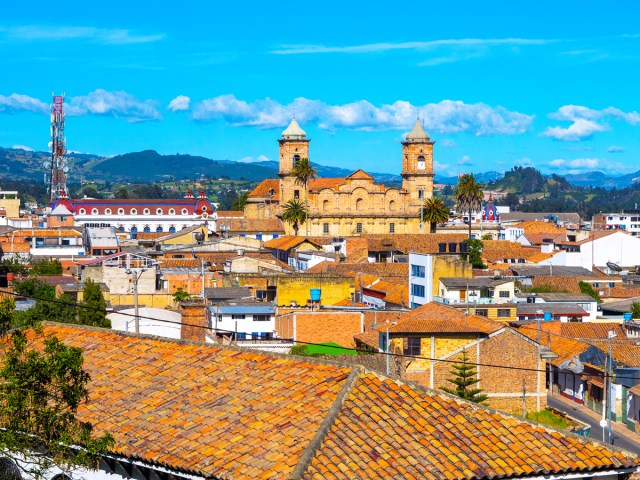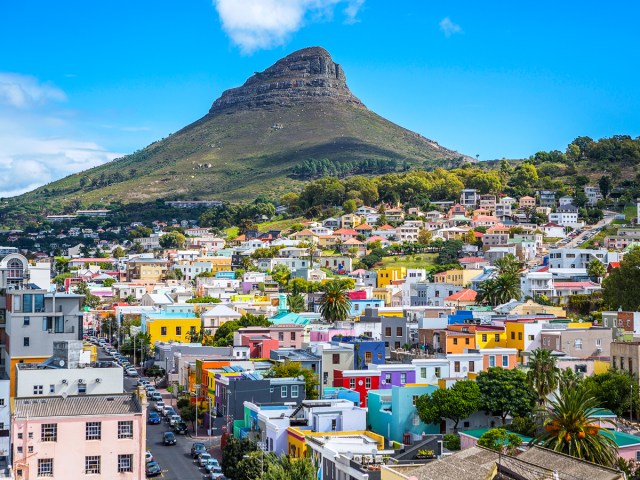Cost is among the most important considerations when planning a trip, especially when heading abroad. It’s also complicated by exchange rates, which are confusing at first glance. For instance, knowing that one dollar is the same as 0.78 pounds is less helpful than knowing how many euros a sandwich costs in London. You’ll still have to do some mental calculations when visiting these five countries where the U.S. dollar goes the furthest in 2025, but you’ll be pleased with how far your budget takes you.
Japan

Japan has long been a favorite destination of travelers the world over, and with good reason. Cities like Tokyo, Osaka, and Kyoto are among the most thrilling yet welcoming metropolises you can imagine, while Mount Fuji and other impressive natural wonders lure the outdoors-inclined to the country’s rural corners — not to mention the rejuvenating traditional onsen, or hot springs.
Because the yen has been struggling lately, the country is receiving historic levels of visitors, particularly from America. The country recently set an all-time tourism record, with 36.9 million international visitors in 2024. You can walk into countless great restaurants in Tokyo and pay less than $10 for a meal right now, but make sure your trip is a mindful one: Japan is such a desirable location that it’s experiencing overtourism, in large part because of the exchange rate. One dollar will get you about ¥150 at the time of publication (late March 2025).
Colombia

In addition to being named one of Kiplinger’s best places to retire in 2024, Colombia is also among the countries where you’ll get the most bang for your buck for trips this year. One U.S. dollar comes out to about 4,130 Colombian pesos, with the average cost of food amounting to just $18 per day and a one-week trip costing $350 (not including airfare) for solo travelers.
Colombia’s wildlife and architecture make it one of the most attractive destinations in South America, while its status as the continent’s northernmost country means that your flight will be relatively short.
Hungary

Despite joining the European Union in 2004, Hungary has never adopted the euro. Its currency, the forint, was introduced in 1946 and currently trades for a fraction of a dollar — 1 USD will get you 366 HUF.
You’ll want to spend quite a few of those in Budapest, one of the most exciting cities in Europe. From the way its landmarks are lit up at night to its delicious food — yes, you have to try goulash and yes, it’s amazing — Hungary’s enchanting capital city gives more well-known spots like London and Paris a run for their money — of which you’ll have to shell out considerably more to visit.
South Africa

The South African rand isn’t just legal tender in its namesake country but also in the entire Common Monetary Area, which also includes Eswatini, Lesotho, and Namibia. First introduced in 1961, the rand comes in five banknotes: R10, R20, R50, R100, and R200.
In 2025, the exchange rate is quite favorable for Americans, as $1 will get you R18. Safaris, one of the main draws for travelers, are less expensive than you might think: Several will cost less than $200 for a daylong experience. Make sure to spend time exploring South Africa’s other wonders, too, from Table Mountain to the Blyde River Canyon, Earth’s largest “green” canyon.
Vietnam

As of March 2025, 1USD is equivalent to around 25,580 Vietnamese đồngs, whose name comes from the Sino-Vietnamese word for copper. The currency has depreciated over the last few years, and an average day in the country — including food, transit, accommodations, and sightseeing — will cost American visitors $67, according to travel website Budget Your Trip.
Considering the abundance of things to see and do in Vietnam — from natural wonders such as Ha Long Bay and the Marble Mountains to ancient cities like Hoi An — that can be considered an absolute bargain.
More from our network
Daily Passport is part of Inbox Studio, which publishes content that uplifts, informs, and inspires.
























